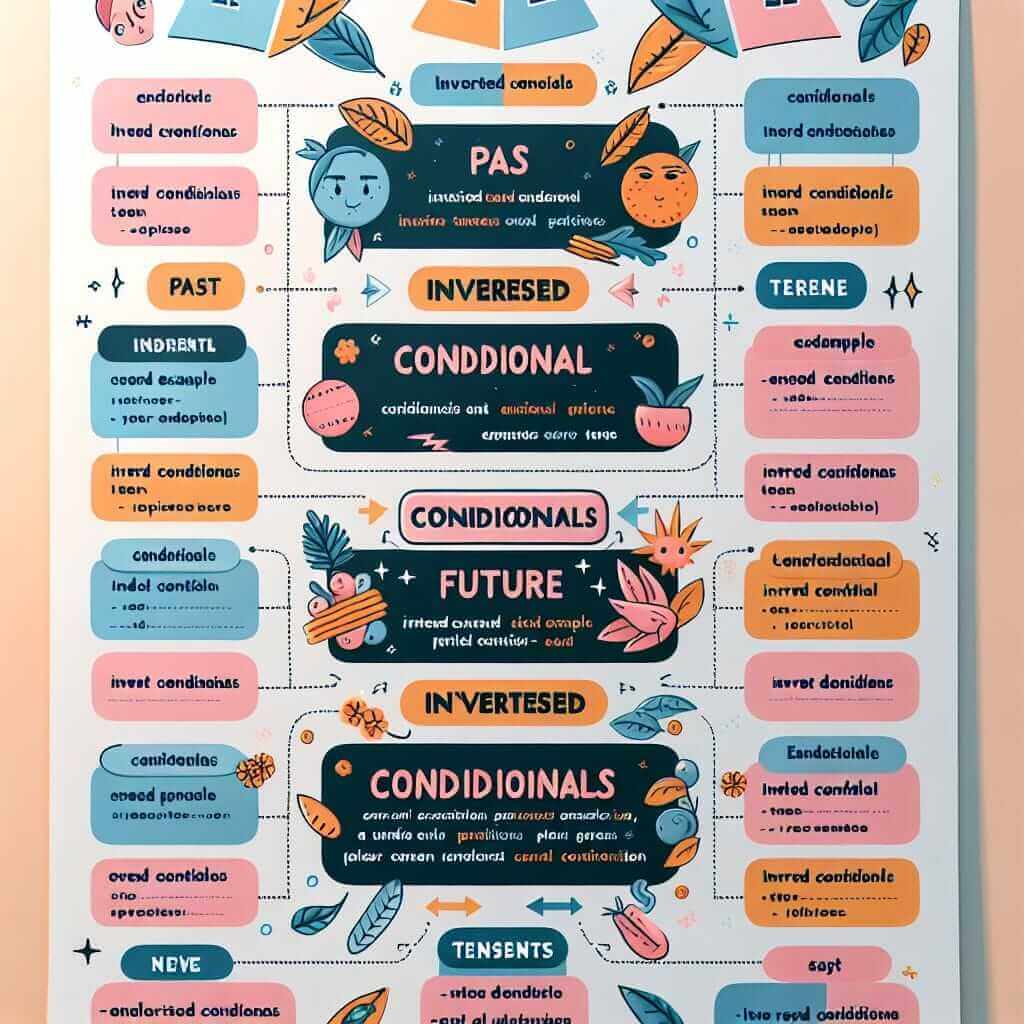Have you ever encountered sentences like “Were it beneficial, I would support it” and wondered about their structure and usage? This seemingly complex grammatical construction, known as the inverted conditional, is actually quite straightforward once you understand its mechanics. Mastering it can significantly enhance your writing and speaking skills for the IELTS exam, allowing you to express hypothetical situations with greater sophistication and nuance.
Let’s consider these examples:
- Were the government to invest more in renewable energy, we could combat climate change more effectively. (Speaking Part 3 – Discussing environmental issues)
- Had I known about the traffic delays, I would have arrived on time. (Writing Task 1 – Explaining a discrepancy in a graph)
- Should you require any assistance, please do not hesitate to contact our customer service team. (Writing Task 1 – Describing a process)
In each of these examples, the inverted conditional adds a layer of formality and complexity to the language. Now, let’s delve deeper into understanding and utilizing this valuable grammatical tool.
Deconstructing the Inverted Conditional: Meaning and Significance in IELTS
The inverted conditional, also known as the conditional inversion, is used to express hypothetical or unreal situations in a more formal and emphatic way. It’s particularly useful in the IELTS exam to:
- Demonstrate a strong command of grammatical structures. Using the inverted conditional showcases your ability to manipulate complex sentence structures, a key factor in achieving a high grammatical range score.
- Express opinions and arguments more persuasively. The formal tone of this structure can make your arguments sound more reasoned and impactful.
- Add variety and sophistication to your writing and speaking. Breaking away from simple conditional sentences can make your language more engaging and demonstrate a wider range of vocabulary.
Forming the Inverted Conditional: A Step-by-Step Guide
The inverted conditional follows a specific structure. Here’s a breakdown:
1. Type 2 Conditional (Present or Future Unreal Situation):
- Standard Form: If + past simple, would/could/might + base verb
- Inverted Form: Were/Should + subject + base verb (without ‘if’), subject + would/could/might + base verb.
Example:
- Standard: If I had more time, I would travel the world.
- Inverted: Were I to have more time, I would travel the world.
2. Type 3 Conditional (Past Unreal Situation):
- Standard Form: If + past perfect, would/could/might + have + past participle
- Inverted Form: Had + subject + past participle (without ‘if’), subject + would/could/might + have + past participle.
Example:
- Standard: If I had studied harder, I would have passed the exam.
- Inverted: Had I studied harder, I would have passed the exam.
Important Note: The inverted conditional is more common in formal writing and speaking situations.
Mastering the Inverted Conditional in IELTS Writing and Speaking
Let’s explore how to effectively use the inverted conditional in different sections of the IELTS exam:
Writing Task 2:
- Expressing opinions: “Were the government to prioritize public transportation, cities would become significantly less polluted.” (This sentence effectively links government action with positive environmental outcomes).
- Presenting arguments: “Had the international community taken swift action, the humanitarian crisis could have been averted.” (This statement highlights the potential consequences of inaction).
Speaking Part 3:
- Discussing hypothetical situations: “Should universities offer more vocational courses, it might bridge the gap between academia and the job market.” (This example demonstrates a thoughtful response to a complex issue).
- Expressing nuanced opinions: “Were I to choose between economic growth and environmental protection, I would prioritize sustainability, as it’s crucial for future generations.” (This statement conveys a clear stance on a challenging topic).

Elevating Your Score: Advanced Usage and Alternatives
To further enhance your IELTS score, consider these strategies:
- Combine inverted conditionals with other grammatical structures: “Were the government to implement stricter regulations on carbon emissions, not only would air quality improve, but it would also create incentives for investment in renewable energy.” (This example combines an inverted conditional with ‘not only…but also’ for a more impactful statement).
- Use modal verbs to express different degrees of certainty: “Had the company invested in research and development, it might have been able to stay ahead of its competitors.” (The use of ‘might’ introduces a degree of uncertainty, making the statement less absolute).
Common Errors and How to Avoid Them:
- Incorrect word order: Incorrect: Were I have more time, I would travel the world. Correct: Were I to have more time, I would travel the world.
- Using the wrong tense: Incorrect: Had I known about the party, I will go. Correct: Had I known about the party, I would have gone.
By understanding the structure, usage, and potential pitfalls of the inverted conditional, you can significantly elevate your grammatical range and sophistication in the IELTS exam. Remember to practice incorporating this structure into your writing and speaking to build fluency and confidence.